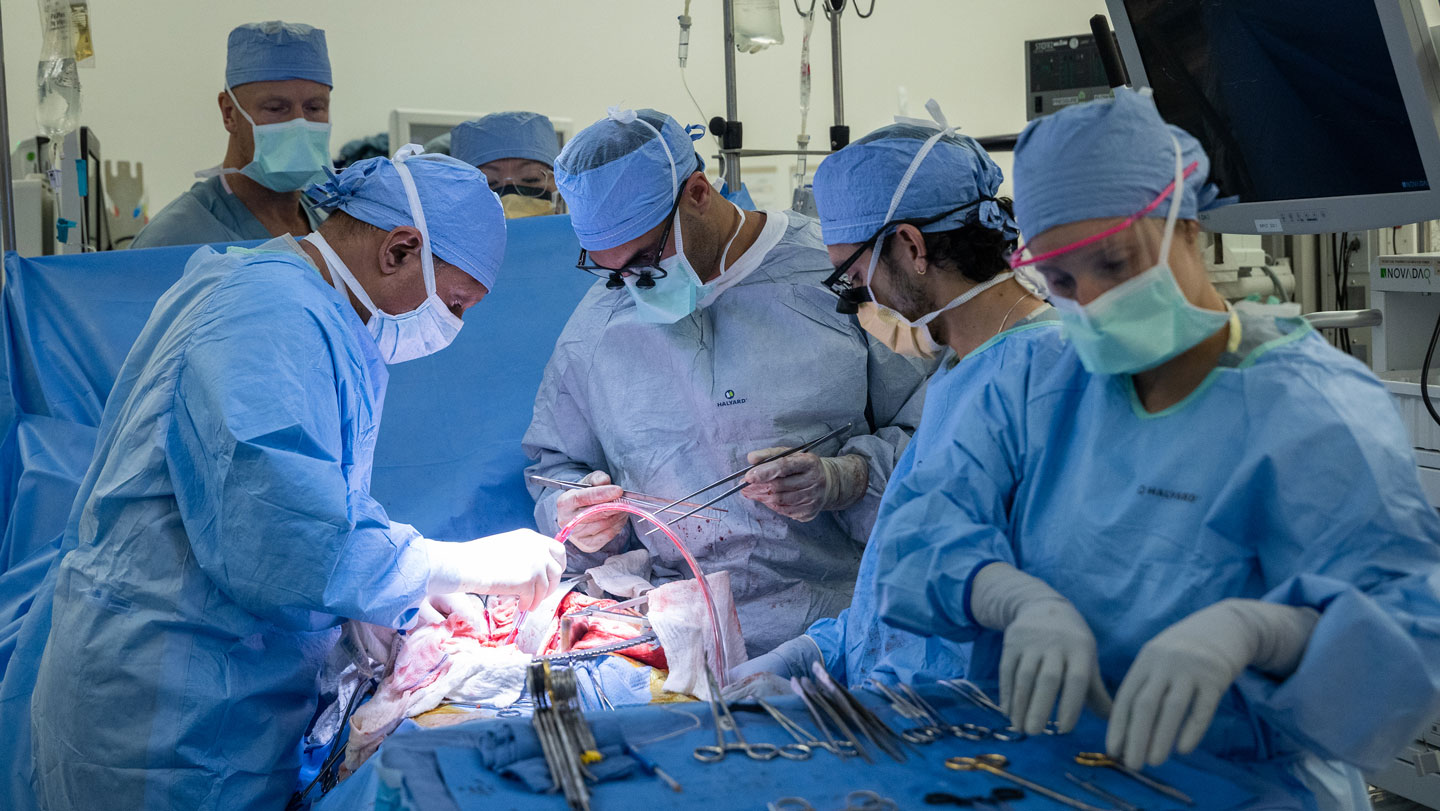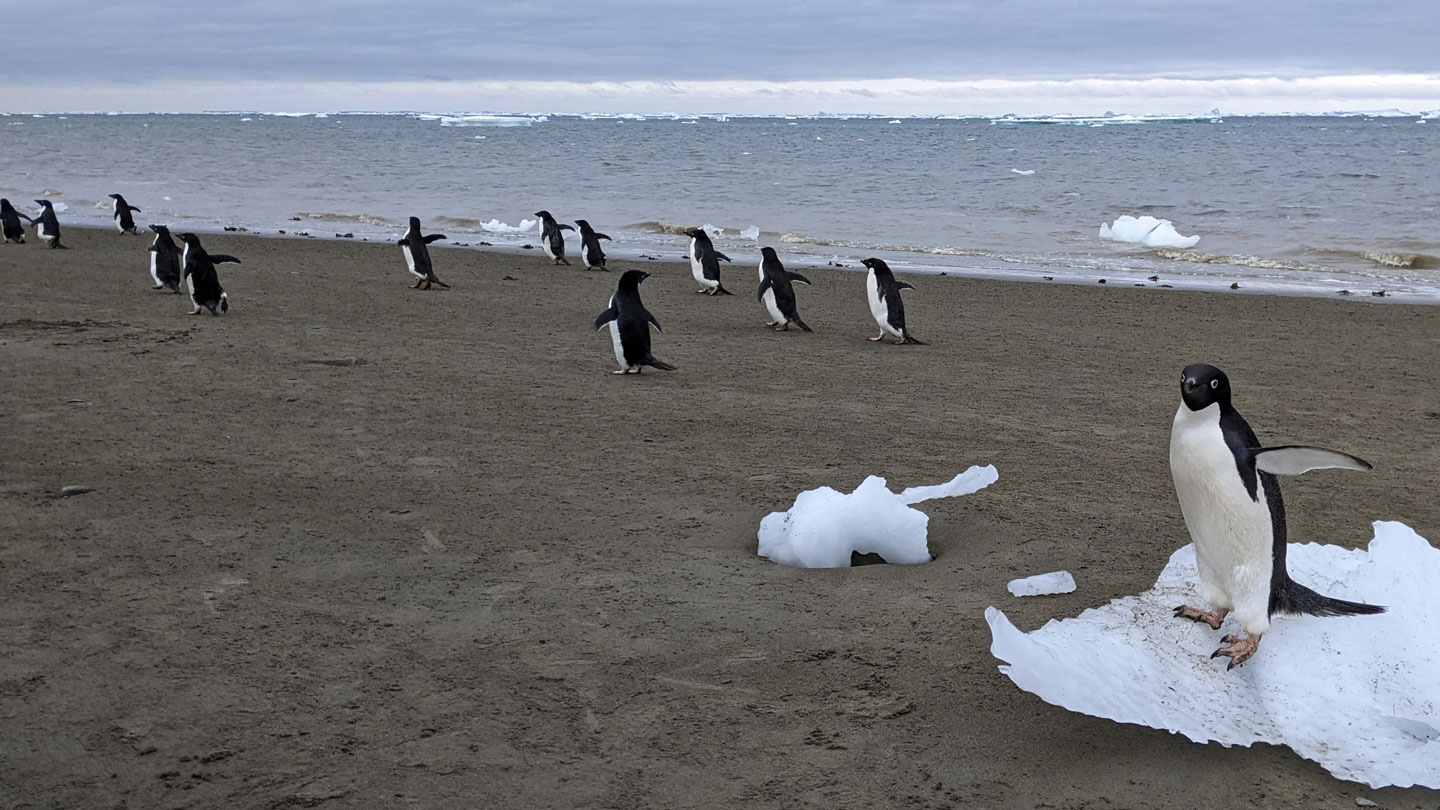Supercell thunderstorms are known for their devastatingly gnarly tornadoes, but exactly how the twisters form is poorly understood. A new study suggests that scientists could glean hints with a little help from the cosmos.
Muons, subatomic particles that are like heavy versions of electrons, could reveal the atmospheric pressure within a thunderstorm and resulting tornado, researchers report in a paper accepted in Physical Review D. The particles are produced by cosmic rays, which are an assortment of high-energy particles from space, including protons. When cosmic rays careen into the atmosphere, they produce muons that rain down on Earth — including through tornadoes.
Computer simulations of supercell thunderstorms suggest that a low-pressure region within a storm contributes to tornado formation. But scientists have understandably struggled to take measurements inside the destructive tempests. Muons could probe pressure from a distance, solving that problem.
“You could actually use this technique to do pressure measurements remotely,” says physicist William Luszczak of the Ohio State University. “So instead of having to put a pressure sensor inside a tornado, you could measure the pressure from five kilometers away.”
Muons are sensitive to the density of the air they pass through. Lower air pressure, which corresponds to a lower density, means more muons make it all the way to the ground. That muon excess could be identified with a detector on the ground.
Based on computer simulations of tornadoes and cosmic rays, the researchers propose using a large detector spread across an area of 1,000 square meters. That might sound like a lot, but cosmic ray physicists are used to building enormous detectors. The GRAPES-3 experiment in Ooty, India, which detects muons over an area of 25,000 square meters, previously used the particles to reveal enormous voltages within a thunderstorm.
That large-scale approach would mean waiting and hoping for a storm to pass close enough to observe. Alternatively, a smaller, portable detector, of about 100 square meters, could be transported to the location of predicted severe weather.
Muons have previously been used to study cyclones. But, says physicist Hiroyuki Tanaka of the University of Tokyo, “supercells are much smaller than cyclones.… For this reason, we need a much larger detection area.” He questions whether the detectors needed could really be made portable, and whether the measurement will be successful in a realistic setting.
He might not have to wait long. Luszczak and colleagues are planning a first test of the concept this summer.










